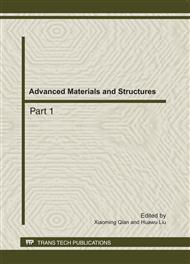p.1071
p.1075
p.1079
p.1086
p.1090
p.1094
p.1099
p.1103
p.1107
A Simulation of Half-Closed Extrusion Process for Steering Knuckle
Abstract:
According to the shape character of some one steering knuckle the metal flowing and the defects of current process was analyzed and summarized. One upsetting step was arranged, then the current pre-forming process was modified to be half-closed extrusion process. As a scheme of different upsetting heights was designed, the simulations to pursue the influence of upsetting on half-closed extrusion got performed. A successful trial-production validated the process step in design and simulations performed.
Info:
Periodical:
Pages:
1090-1093
Citation:
Online since:
September 2011
Authors:
Keywords:
Price:
Сopyright:
© 2011 Trans Tech Publications Ltd. All Rights Reserved
Share:
Citation:


